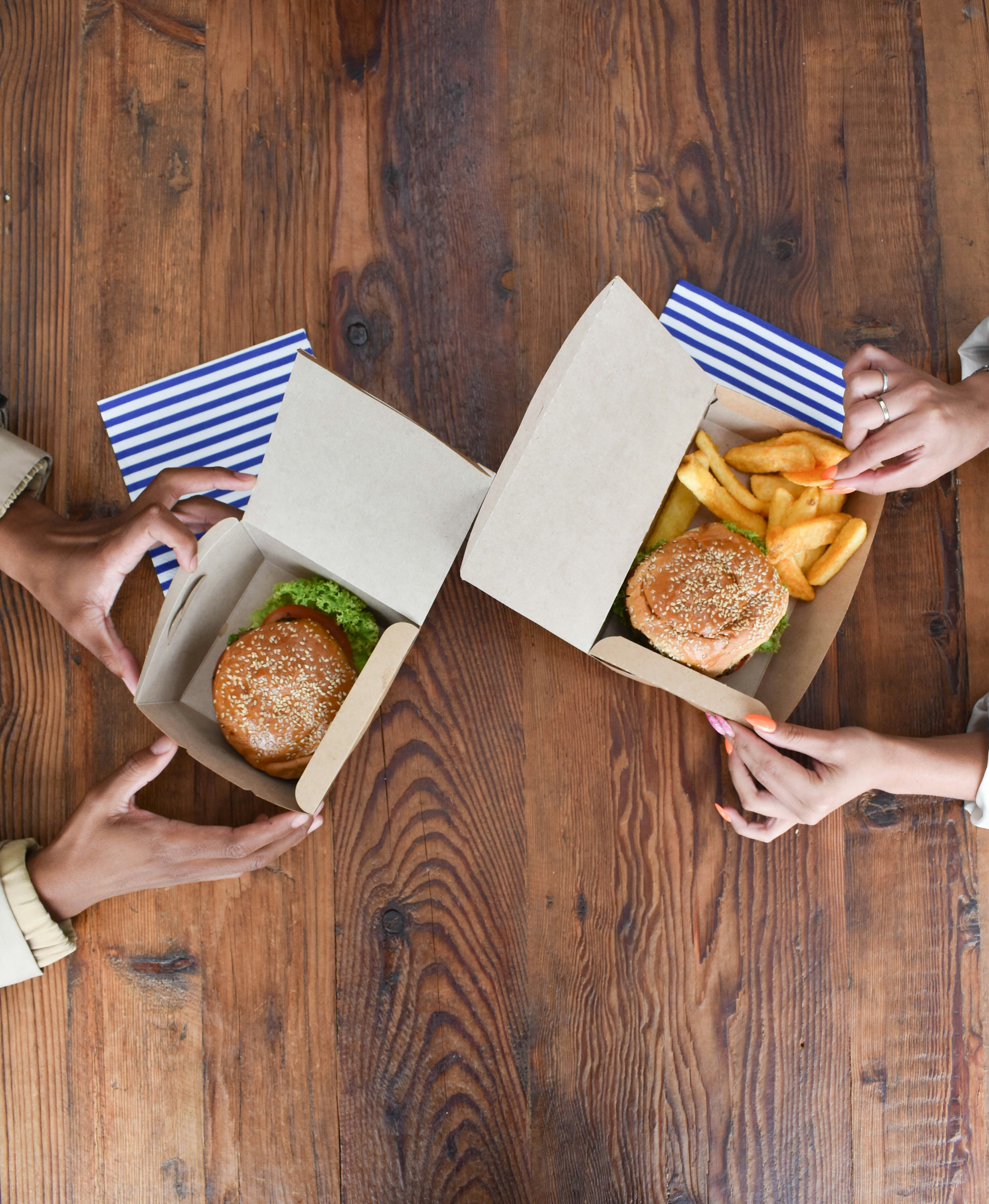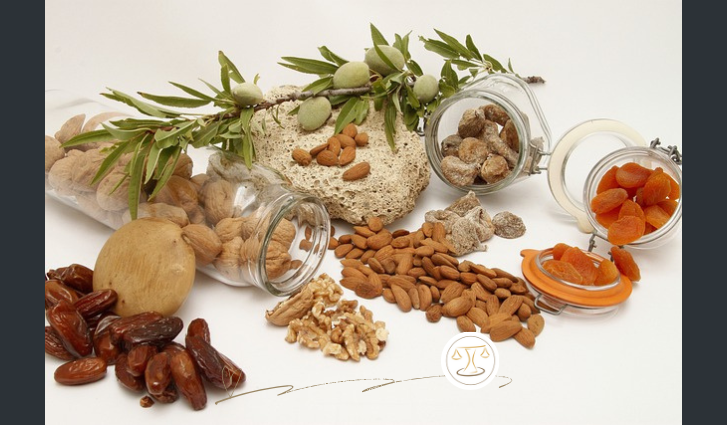Chemicals in Food!

Risks and Regulations
Food contact materials (FCMs)
Materials that come into contact with food during processing, packaging, or transport – play a critical role in food safety. However, chemicals can migrate from these materials into food, introducing potential health risks.
For instance, chemicals can leach into food from packaging materials, especially during microwaving, pasteurization, or other high-temperature exposures. Even printing inks on the outer packaging, if not well-contained, can migrate into the food or drink. Factors like high temperatures, small package-to-food ratios, fatty foods, and long storage times all increase this risk.
More than 12,200 chemicals have been identified in FCMs, but only about 100 substances are regulated by the European Union, focusing mainly on plastics. The actual composition of many materials is often undisclosed due to proprietary protection, making it challenging to assess risks fully. Even less is known about secondary substances, which may arise from additives breaking down during manufacturing.

In 2016, EU regulation defined publicly that current regulations do not sufficiently protect public health from the harmful impacts of chemicals migrating from food packaging. The current paradigm for evaluating the safety of FCMs is insufficient, as there is a general underestimation of the role of FCMs in food contamination and a lack of information on human exposure. FCMs are a significant source of human exposure to chemicals of concern, including perfluorinated compounds (PFCs) and endocrine-disrupting chemicals (EDCs), as well as those linked to neurodevelopmental issues.
Moreover, the legal framework doesn’t account for the cumulative "cocktail effect" of multiple low-level chemical exposures, which can collectively exceed safe limits. Research shows that FCMs can contribute to serious health issues like cardiovascular disease, diabetes, obesity, neurological disorders, and cancer.
Although packaging is designed to preserve food, maintain quality, and extend shelf life, its chemical impacts remain insufficiently regulated, posing risks that demand greater transparency and robust oversight.
So what can we do?
Be mindful and use less packaged food. Plastic is sometimes even less harmful than paper, as many chemicals and synthetic materials are used in paper production to improve texture and prevent humidity from transferring through the paper packaging. Additionally, the barrier between ink and food in paper packaging is often not very effective.
Chemicals are mostly invisible...!





